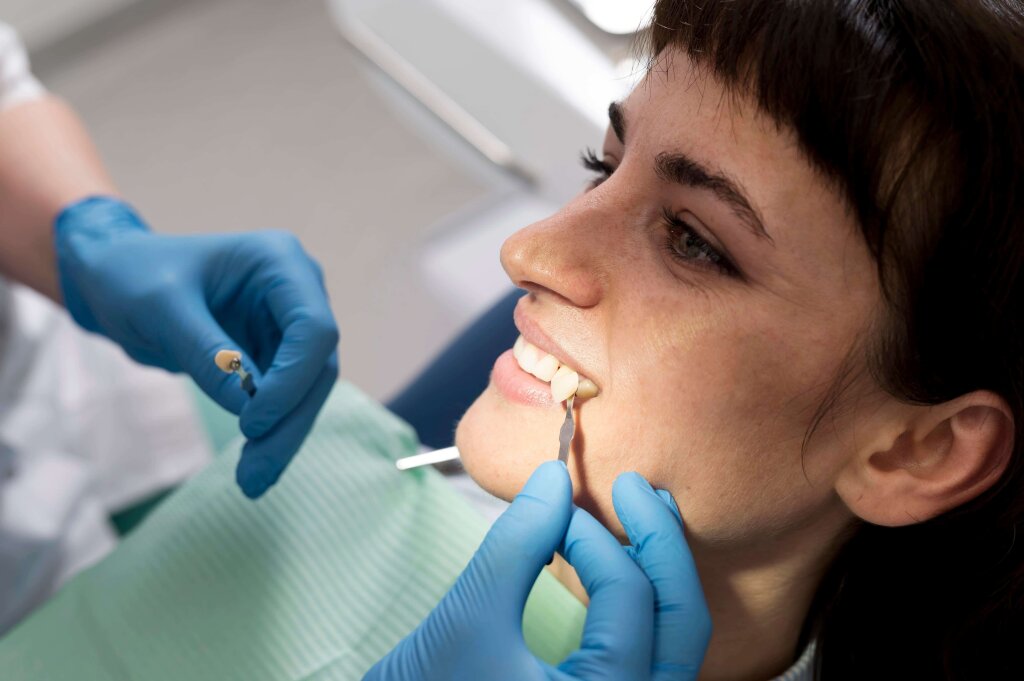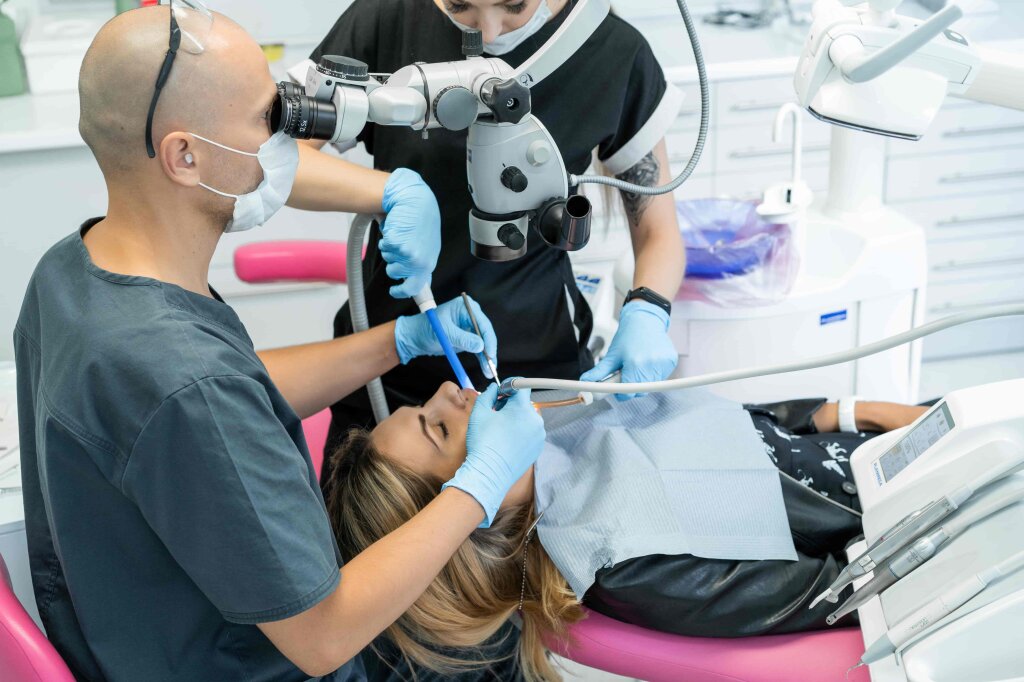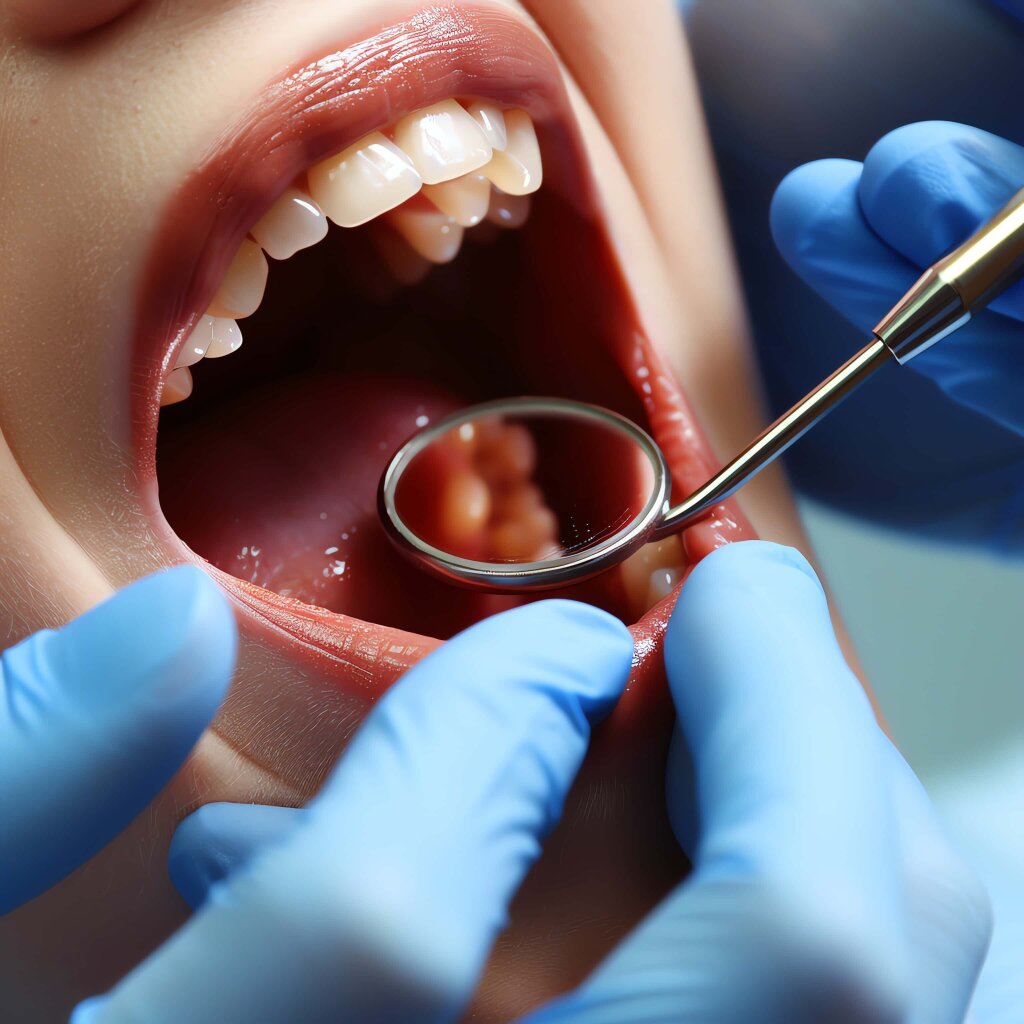When it comes to dental aesthetics and restoration, choosing the right type of crown is crucial. Deciding between zirconium dental crowns and metal-supported crowns depends on the patient’s aesthetic and functional expectations. Both types of crowns come with their own set of advantages and disadvantages. In this article, we will explore the differences between zirconium dental crowns and metal-supported crowns in detail, explaining which type might be more suitable in different situations.
What is a Zirconium Dental Crown?
As the name suggests, zirconium dental crowns are made from zirconium. Zirconium is a white ceramic material that is more aesthetically pleasing and biocompatible than metal. This type of crown is ideal for patients with aesthetic concerns as it offers the closest match to natural tooth appearance. Zirconium crowns are frequently chosen for both single tooth and dental bridge applications.
What is a Metal-Supported Crown?
Metal-supported crowns are a type of dental crown that features a metal framework inside, which is then covered with porcelain. Thanks to the durability of metal, these crowns are commonly used on the back teeth where chewing pressure is higher. However, the presence of metal can cause some aesthetic disadvantages.
Differences Between Zirconium Dental Crowns and Metal-Supported Crowns
Aesthetic Appearance
Zirconium dental crowns offer a look that closely resembles the color of natural teeth. Thanks to their light-transmitting properties, zirconium crowns blend seamlessly with the natural tooth tissue around them. This feature is a significant advantage, especially for patients seeking an aesthetic look for their front teeth.
In contrast, metal-supported crowns do not transmit light due to the opaque nature of metal, which can make these crowns appear more matte and artificial compared to natural teeth. Additionally, as the gum recedes over time, the gray reflection of the metal framework may become visible at the gum line, leading to an undesirable aesthetic outcome.
Durability and Strength
Both types of crowns are quite durable, but they offer different advantages depending on their area of use. Metal-supported crowns are highly resistant to the high chewing pressure typically found on the back teeth due to the strong structure of the metal.
Zirconium crowns may be slightly less durable compared to metal-supported crowns, but this is balanced by zirconium’s non-damaging effect on the natural tooth structure. When produced in a monolithic structure, zirconium crowns become highly resistant to fractures.
Biocompatibility
Zirconium dental crowns are made from biocompatible materials, which means they carry a very low risk of causing allergic reactions in the body. Zirconium is compatible with gum tissues and does not cause gum recession or inflammation.
On the other hand, metal-supported crowns can cause allergic reactions in some patients. Additionally, the oxidation of metal over time can lead to discoloration and inflammation of the gums.
Thermal and Electrical Conductivity
Metal-supported crowns can create sensitivity to hot or cold foods and drinks due to the thermal and electrical conductivity of metal. This can be uncomfortable, especially for patients with sensitive teeth.
Zirconium crowns, however, do not conduct heat or electricity due to their ceramic structure, providing a more comfortable oral experience.
Application Process
The application of zirconium dental crowns is compatible with digital technologies, allowing for precise and quick procedures. Dentists can design and produce zirconium crowns with millimeter precision using CAD/CAM technology, offering patients a comfortable and swift treatment process.
Metal-supported crowns, on the other hand, are prepared using more traditional methods, which can take longer. Additionally, due to the nature of metal, achieving a perfect fit with the tooth can sometimes be more challenging.
Zirconium vs. Metal-Supported Crowns: Which is Better?
The choice between zirconium dental crowns and metal-supported crowns depends on the patient’s needs and aesthetic expectations. Zirconium crowns are ideal for those with high aesthetic expectations and for patients seeking a biocompatible crown that harmonizes well with the gums. Metal-supported crowns, on the other hand, can be a more economical option for the back teeth, where durability against chewing forces is a priority.
The differences between zirconium dental crowns and metal-supported crowns should be considered both aesthetically and functionally. By considering factors such as aesthetic expectations, biocompatibility, durability, and cost, you can make the best decision with your dentist. Remember, both types of crowns offer specific advantages, and the right choice comes down to selecting the crown that best meets your personal needs.






